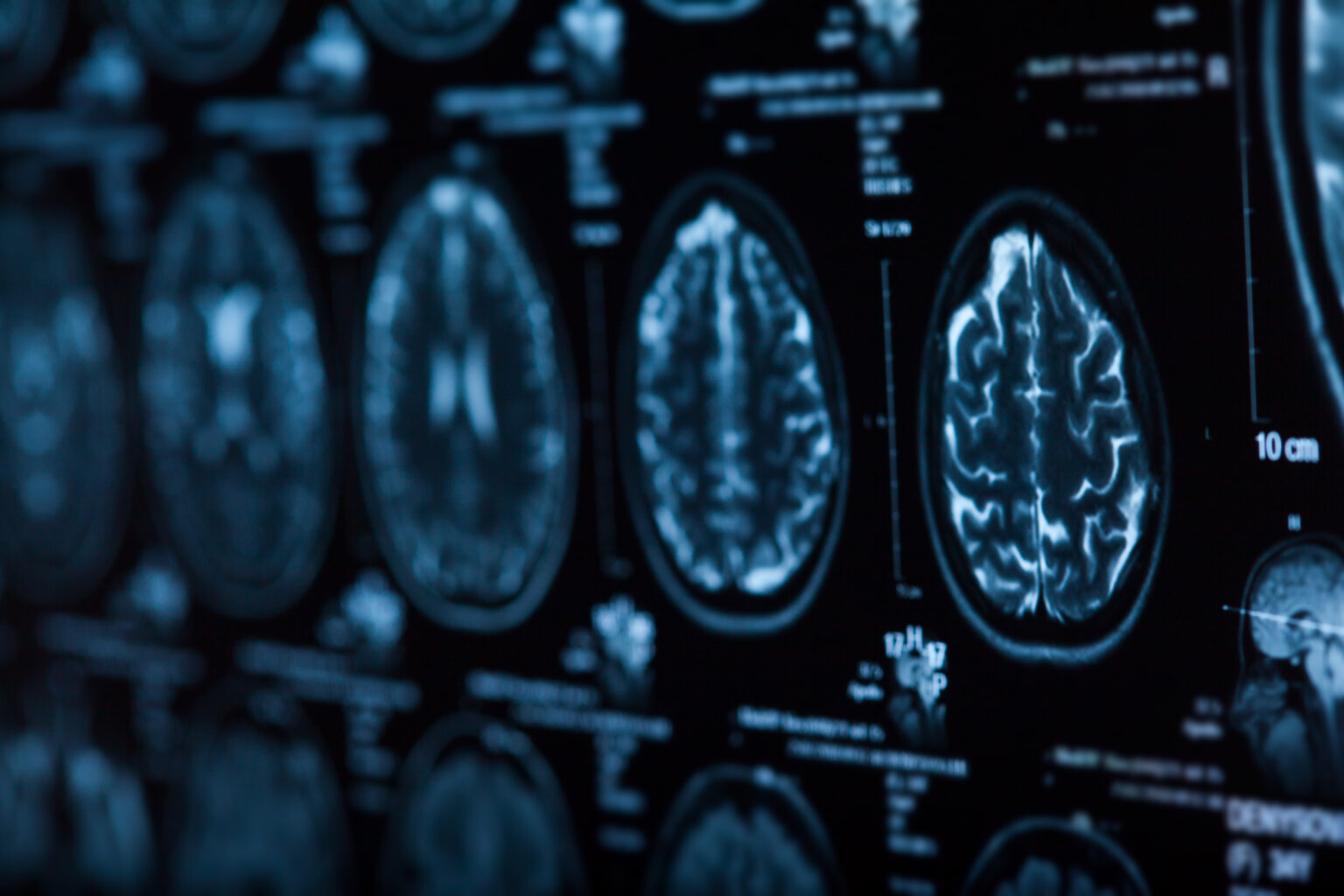Clinical highlights – April 2023
We are thrilled to inform you about the clinical benefits of eye tracking. Every month, we keep you updated on the latest news shared by the scientific community. The current newsletter will emphasize the latest research about Parkinson’s Disease (PD) as April is Parkinson’s Awareness month. We want to express our admiration for those who progress the science and bring society one step closer to a cure, for the +10 million patients worldwide.
Enjoy the reading!
The neuroClues® Team
Parkinson's Disease1
Parkinson’s Disease (PD) is the second-most common neurodegenerative disorder worldwide with more than 10 million people worldwide living with that disease.
There is no single definitive test for diagnosing PD and no way to track disease progression on a biological level. Aside from finding a cure, the aim of PD research is the discovery of biomarkers. Today, biomarkers can be identified through a number of different methods, including imaging scans, biological samples, and genetic studies. However, none of these can be easily tested. Furthermore, they don’t vary with disease severity, and cannot support the diagnosis of the disease before symptoms appear.
Finding the right biomarkers would greatly accelerate clinical research by shortening the timeframe needed to show that a drug has successfully engaged a disease-specific target in the brain or nervous system. Biomarkers may also be useful for determining optimal drug dosage.
Source: NIH
A new biomarker discovered for Parkinson's disease
Researchers have discovered a new biomarker for Parkinson’s that could be used to identify people at risk of the disease and profoundly change the way it is treated.
The assay for a particular abnormal form of the protein alpha-synuclein – known as αSyn-SAA – could also be used to diagnose people with Parkinson’s more quickly, help identify the best treatment for patients, and speed up clinical trials of new therapies.
A paper on the biomarker, published in the journal Lancet Neurology, found that αSyn-SAA was 87% accurate at detecting early-stage Parkinson’s disease in a cross-sectional analysis of 1,123 patients in the Parkinson’s Progression Markers Initiative (PPMI) cohort, recruited from neurology centres around the world.
Lead researcher Claudio Soto of McGovern Medical School at UTHealth Houston said the findings are “a game-changer” for people with Parkinson’s and will “contribute in a substantial way to understanding the pathogenesis of Parkinson’s, and the development of a much-needed therapy.”
Clinical update on the relevance of eye tracking for Parkinson's disease
Last year, our scientists compiled a list of clinical studies related to the analysis of eye movements for the early diagnosis, differential diagnosis, and follow-up of Parkinson’s disease: https://neuroclues.com/eye-movements-in-parkinsonian-syndromes/
Please find hereafter, 2 additional studies from the same research group based in the UK that complement that literature review.
Saccadic Bradykinesia in Parkinson's Disease: Preliminary Observations
Bradykinesia (low velocity) and hypokinesia (reduced amplitude) of limb movements are features of PD exacerbated when patients perform self-guided, repetitive limb movements.
While these features are today usually clinically assessed with subjective items of UPDRS, researchers found a way to objectively measure bradykinesia with a simple eye movement test and evaluation of the progression of velocity.
In that study, PD saccadic velocity in the final six saccades was lower than normative amplitude-matched velocities (P = 0.039) … Healthy controls displayed normal saccadic function across all saccadic tasks
PD: Parkinson’s Disease
UPDRS: Unified Parkinson’s Disease Rating Scale-motor
“Saccadic bradykinesia may be (…) a clinical biomarker of disease progression.”
Koohi et al. in Mov Disord 2021
Reflexive and volitional saccadic eye movements and their changes in age and progressive supranuclear palsy
Researchers showed that in the same simple task as tested in the aforementioned study, patients with PSP did not show a modification of their velocity. The authors then suggest that this task could then be a useful biomarker to differentiate PSP from PD.
PSP: Progressive Supranuclear Palsy
PD: Parkinson’s Disease
“… Velocity and accuracy of saccades in PSP does not decrease over one-minute timescales, contrary to that previously observed in Parkinson’s Disease (PD), suggesting a potential clinical biomarker for the distinction of PSP from PD…”
Wright et al. in J Neurol Sci 2022

